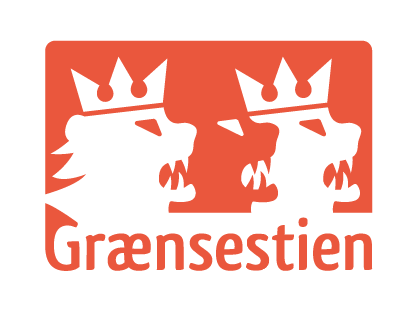About the route
The second stage of the Border Path starts in Høm and ends in Obbekær. Between Høm and Obbekær, one can either walk around, or through, Stensbæk Plantage (i.e. plantation). The surface varies between tarmacked roads with broad grassy shoulders and forest paths. There are shelters in Høm and in Stensbæk Plantage, and a campsite next to Enderupskov (i.e. forest).
